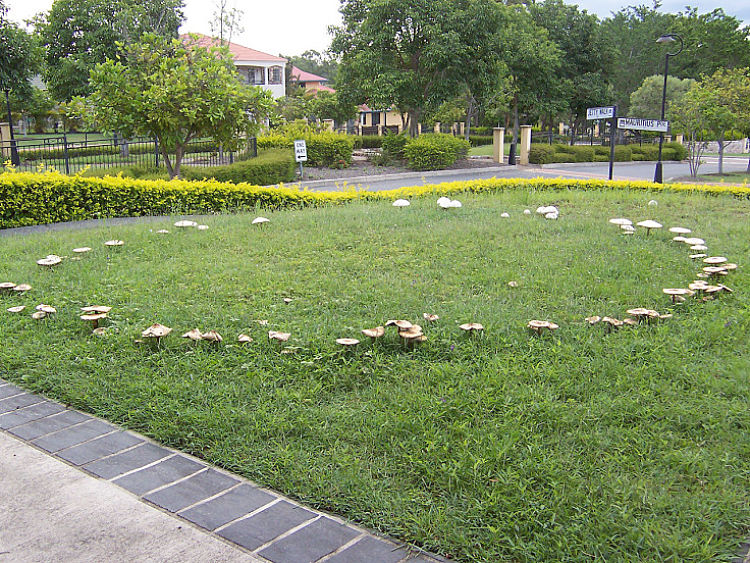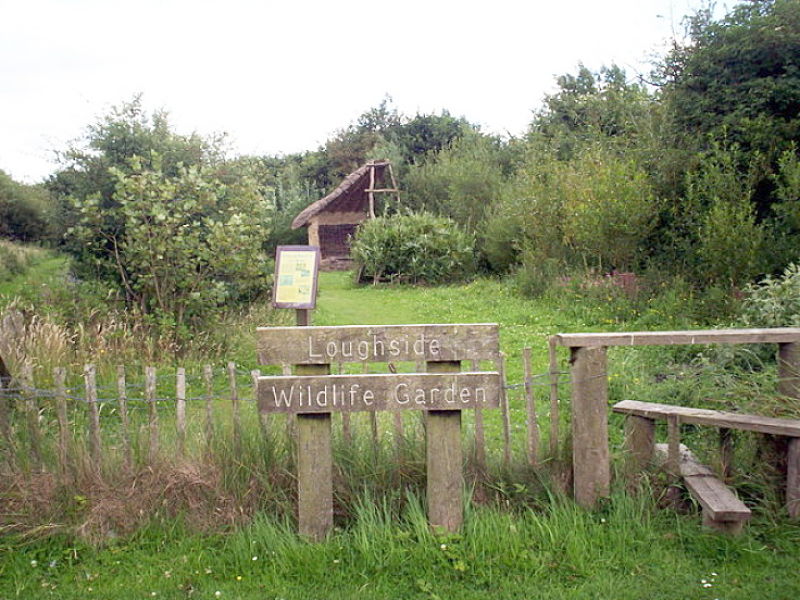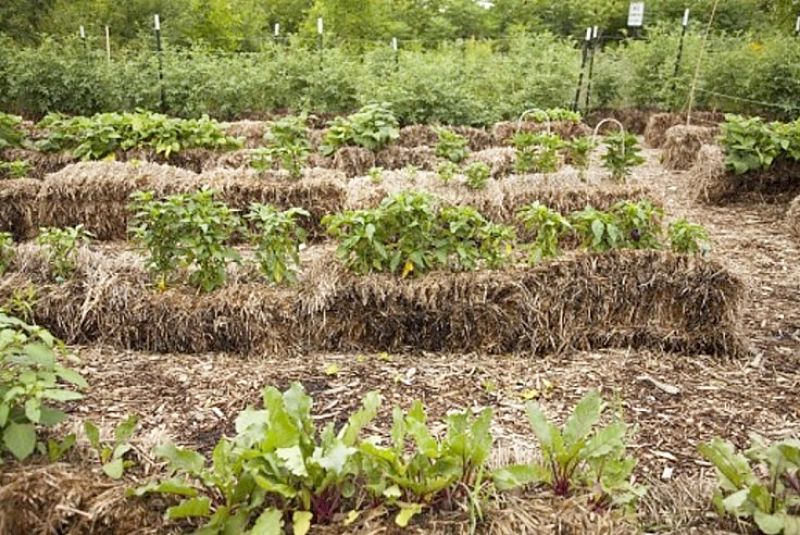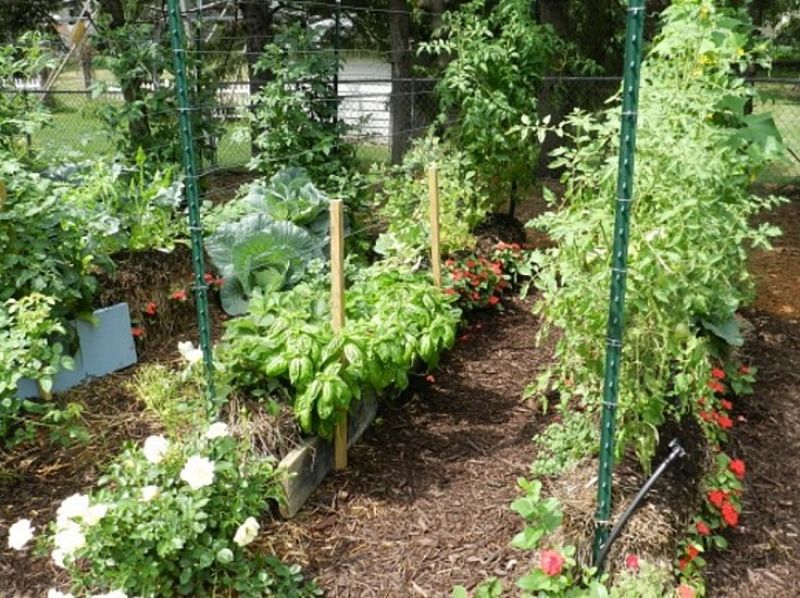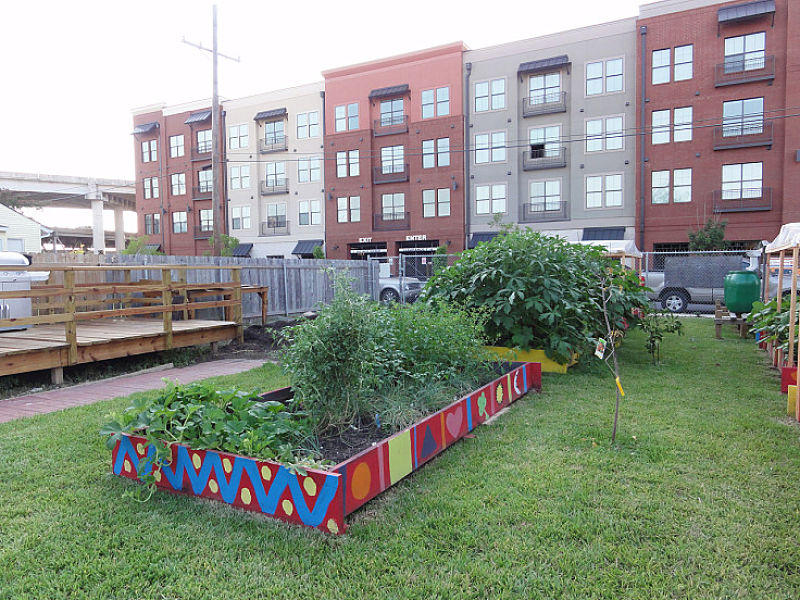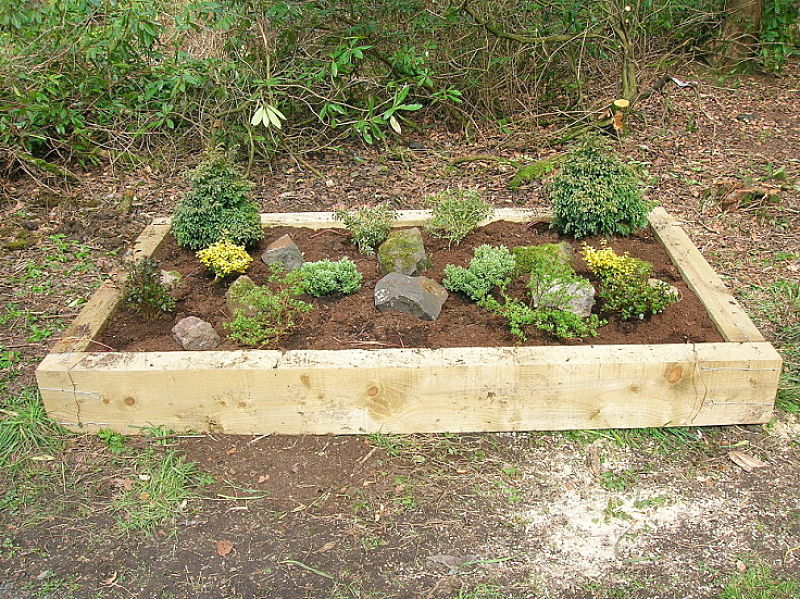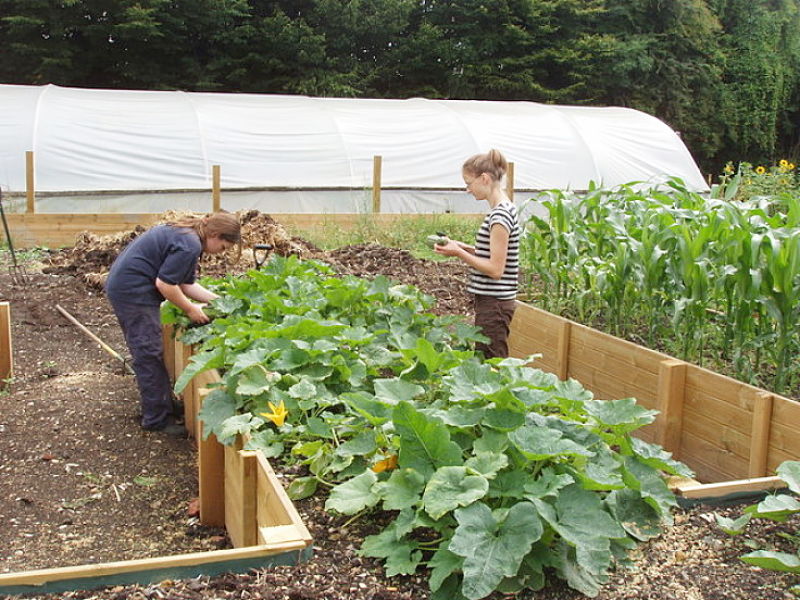How to Turn Lawn into Vegetable Garden, Flower Beds or Wildlife Haven
Lawns are nice, but they are expensive to maintain and they often get very little use. Lawns require vast quantities of water to keep green and there are always weeds and pests to control. Do you really need all that mown grass in your front and back yard? These days, it is relatively easy to convert part or all of your lawn into a vegetable or flower garden. Or you may want to help your lawn revert back to a native grassland area, attractive for birds and wildlife, and requiring very little maintenance.
Where I live in Australia, most people have their house in town near where they work, and a holiday house of shack at the beach nearby. Two lawn areas to maintain can be a huge burden. Many people take their mower to the coast and spend half a day mowing the coastal lawn, delaying their trip to the beach. When they spend two to four weeks at the coast on a summer holiday they have to set up plans to water and maintain their lawns while they are away. This is silly. One of the best solutions I have seen is for the yards around a holiday house being left as native grassland. Timber stepping stones are used to provide access to the house with concrete ones out the back. The yards are a haven for birds and wildlife and are very attractive.
Many inner city urban dwellers are converting their front yards into vegetable gardens for food. The back yard is left as lawn for family use and barbecues and entertainment. These people found that their front yards were just and ornament that was seldom used for anything.
There are several easy ways to convert a grassy lawn into a garden or to add raised beds on your lawn areas. This article describes what you can do, and how to do it in the easiest way possible.
Consider Your Options for Transforming Lawn into Garden?
The first step is to decide what type of garden you want. You can do the conversion in stages if you like, but you should have an overall plan for the complete project. Some options to consider are:
► Small flower bed or set of small flower beds with lawn as pathways
► Small vegetable or herb garden.
► Raised vegetable garden or set of these
► Medium sized edible garden suitable for succession plantings, perhaps covering half to two-thirds of your yard.
► Full sized edible garden, or flower beds involving the entire lawn are with pathways between beds
► Total conversion of the lawn area to a native grassland habitat to wildlife garden
► Full conversion to a permaculture style garden
► Field of pots or tubs located in the garden area on top of the grass.
Site Selection for Lawn to Garden Conversions
For most gardens you want to choose and area that has the most sun.
Most vegetables require about 6 hours of full sun each day.
Access from the house, and pathways are also important.
In some areas, you may need to consider drainage and runoff and where your watering points are located. Garden beds need good drainage. Heavy clay soils may need to be broken up and treated to increase their drainage. Some soil replacement may be required.
Options for Creating Gardens and Converting Lawns
Some the common methods are:
► Create a container garden by installing large pots or containers in the yard. This can be expensive, but no digging is required and the pots can be moved and relocated.
► Establish a garden bed by using non-dig methods, covering a desired area with cardboard or newspapers to kill the grass and then adding layers of soil, straw and compost and then planting medium. Planting potatoes into this garden is a great way to get started as this first crop will create a fabulous soil for subsequent plantings. The cardboard or paper smothers the grass and suppresses weeds.
► Plant seedling directly into straw bales. This another fabulous no-dig method. Simply place straw bales onto the grass into the area where you want to start the garden. Space the rows of straw bales so that there are access paths between them for maintenance and for picking the crop
► Build raised beds. This is another great idea as it raises the soil level up where it is easier to plant and maintain. Once again this can be a no-dig method if cardboard or layers of newspaper are placed in the bottom of the beds. It is best to remove the grass and loosen the soil with a portable digger to improve drainage and soil condition.
► Dig up the grass and working the soil in the new beds. This is the best method, but it is a lot of work. This produces the best soil and drainage. Small cultivators can be hired for the job. If you decide to go with this method, then go the extra yard and add manure, sand or new soil to improve the soil condition. Soil under grass will be heavily compacted and may have and low nutrient levels. Subsurface clays may also need to be treated to improve drainage.
► Let the lawn area revert to a native grassland community. This can be done using cardboard or newspaper players on the grass to keep the lawn and to stop the weeds. Then, plant or transplant seedlings of native species from the area into holes gouged into the mulch and cardboard. Plant shrubs and trees into the area as well. Remember that 'shade' is your friend, because shade stops most weeds from spreading.
►Native grassland and wildlife gardens will take a long time to develop. But, you can develop them in stages and let them evolve. No mowing and minimal maintenance will be required. Place timber circles, rocks or paving blocks through the area to provide pathways so you can walk through the garden, especially in wet weather. Put in a pond or a water feature and plant to attract birds. The birds will bring seeds from the local native areas nearby in their droppings.
Some weed control will be needed, but these gardens will require little or no maintenance when fully established.
If you are lucky enough to be able to build you own home then leave the yards undisturbed if you want native gardens. leave as many native shrubs and trees on the site as you can.
